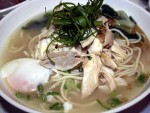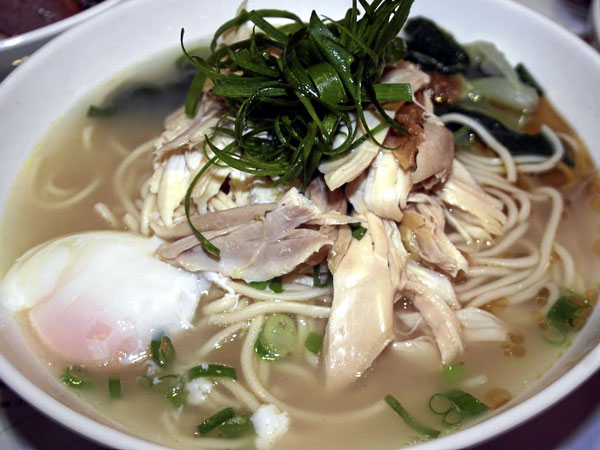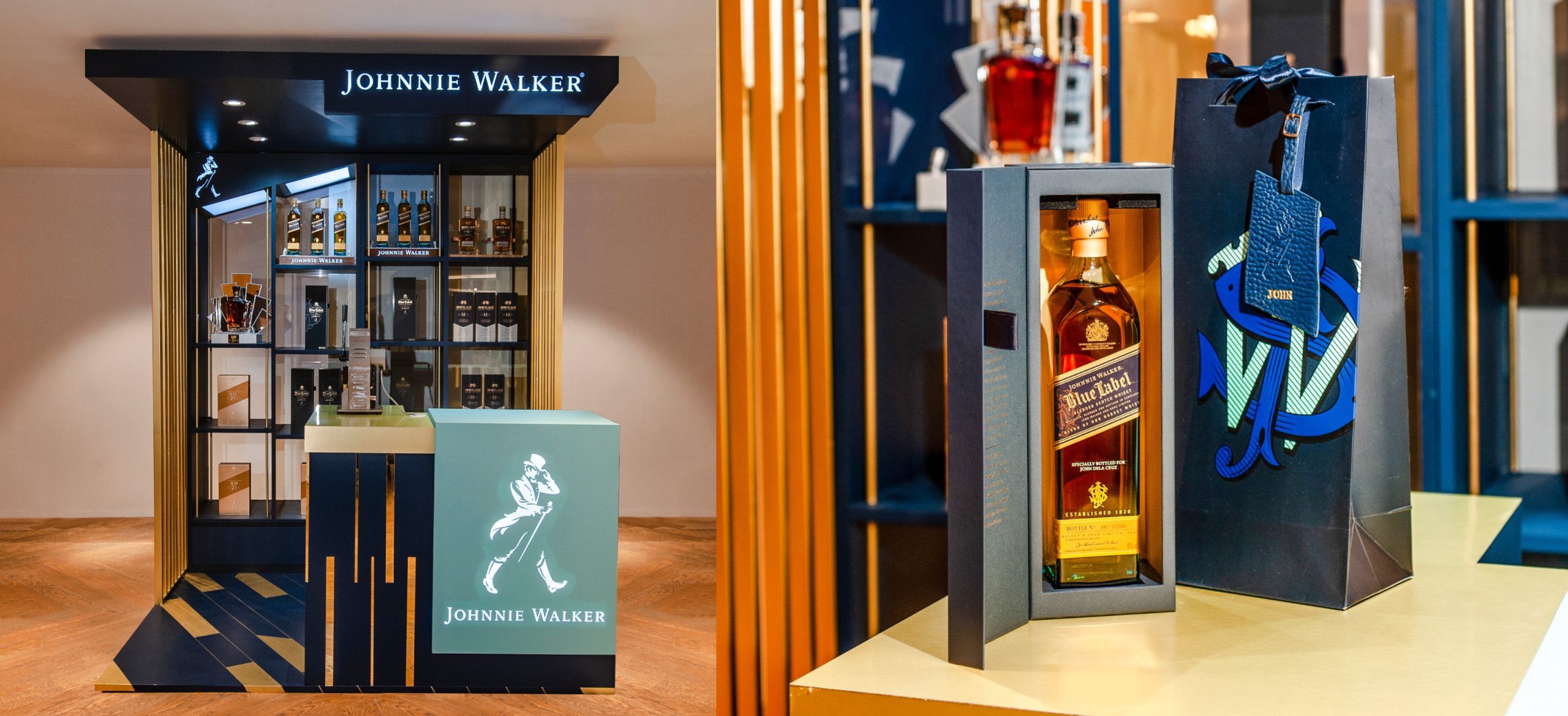
For many travelers, Hong Kong is a shopping paradise. For me, it is definitely an eating destination.
Days before touching down on this city of over seven million people, I am already dreaming of my meals. I must have the traditional Peking duck. It is a drill I know all too well. The roasted duck, presented by a waiter wearing clean white gloves, is skillfully carved with the right proportion of crisp skin and meat. It then becomes a repetitive act of wrapping the duck with pancake, a drizzle of hoisin sauce, a sliver of cucumber and spring onions, to be savored over and over again. One meal is delegated to dimsum or yumcha, and the joyous sharing of siomai, hakaw (shrimp dumplings), siopao and variations of the dumpling and bun theme over cups of hot tea.
But there is another Hong Kong dining tradition many tourists are not aware of –the cha chaan teng (CCT). These are tea cafés introduced in Hong Kong in the 1940s, as cheap and cheerful eateries serving Western-style beverage and snacks and as an alternative to the highbrow British tradition of cucumber sandwiches and Earl Grey tea. Through the years, CCTs have evolved to include Western and Chinese dishes.
Open from breakfast to the wee hours of the morning, CCTs are an all-day and night dining institution where friends, lovers, families, and business associates regularly meet up for everyday meals. All come here for the panty hose milk tea, a strong brew made from black tea with crushed egg shells for a silkier texture, and filtered through a fabric like stockings. It is then served hot or cold with evaporated milk.
CCTs are where you go for your fix of canned luncheon meat, corned beef or bacon. Cha chaan tengs are known to be anything but healthy or hip.

Returning to Hong Kong to visit my old romping grounds and to see old friends, I met up with my Filipino friend Richard, who suggested that I try Cantopop, a restaurant which opened last month right at the heart of Central in Hong Kong.
It is a hip diner with most servers wearing retro white polo shirts with an icon of a fried egg, and thick-rimmed glasses. CCTs are often located in nondescript hole-in-the-wall settings – but not this one. Cantopop is located right smack in L Place on Queen’s Road in Central, just a few steps away from the H&M boutique frequented by tourists from Manila.
Positioning itself to be the CCT 2.0, it serves organic and natural farm fresh produce, hormone-free poultry, meat and eggs and No MSG in all its dishes. Behind the stove is Margaret Xu, famous in Hong Kong for her private kitchen and use of all locally grown organic ingredients from the New Territories. But what piqued my curiosity was the place’s use of “music eggs.” On a wet Friday lunch, the restaurant was packed with petite Margaret Xu fluttering around the kitchen and tables. Geoffrey Wu, the director of communications, explained, “You know how some farms in Japan play classical music to relax the Waygu cattle? Well, these hens listen to different types of music both in English and Cantonese, except rock.” He continued, “What we get are bigger and tastier egg yolks.”
Before I could raise my eyebrows and give him a skeptical look, he made me taste the Sous Vide Charsiu Fried Egg. Charsiu is barbecued pork seasoned with a mixture of honey, five-spice powder, fermented tofu, dark soy sauce, hoisin sauce, red food coloring and sherry or rice wine. It is a staple in Hong Kong, eaten for breakfast, lunch or dinner. Think of it as their version of pork tocino. But instead of the usual bright red Charsiu I loved, the meat was a muted brownish hue. Since it is slow-cooked using the sous vide method of airtight plastic bags in water baths and no artificial coloring, it tastes and appears different from the usual Charsiu. The star of this dish is definitely the egg yolk, bearing a brighter yellow orange color and a richer savory flavor, to go with the healthy non-GMO rice.
Hong Kong’s summer days have two characteristics: much humidity and lots of rain. With the rain pouring outside, a soup noodle dish had to be ordered. The Chicken and Spa Egg is really a simple dish of chicken with a poached egg and fresh, handmade egg noodles. The broth is all-natural, none of that cubed artificial stock, resulting in a soup that is not oily. The free-range chicken meat was oozing with flavor, nicely complementing the noodles, which are less chewy than commercially produced Chinese noodles. Geoffrey insisted I taste his favorite dish, the Hong Kong Caesar Salad, with salt-baked chicken. Cooking the chicken in salt is a traditional Hakka technique employed in many Hong Kong kitchens. Instead of making the dressing from fresh yolks, anchovies and oil, Cantopop uses Fuyu, a Chinese cheese made from fermented tofu. The dressing innovation tastes just like Caesar dressing, only a bit stinkier. But the salt-baked chicken is truly delicious, making me wish I had some rice to eat it with.
Tea time is never complete without toast. The Aussies have their vegemite and the Brits have their marmite. In Hong Kong, they too have their own Chinese cheese and organic honey thick toast. The fermented tofu cheese spread is mixed with the sweet taste of organic honey. Just like vegemite or marmite, this stinky spread is not palatable to everyone. For me, I liken the experience to eating smelly moldy bread with honey. I quickly washed it down with the pantyhose milk tea.
For those wanting more caffeine, there is the Yin yang, where milk tea is mixed with three parts coffee. I was intrigued by the Old HK Egg Plunge drink, which turned out to be a raw egg in a cup of hot water with sugar. I won’t be ordering this again. Drinking raw eggs is not exactly my cup of tea.
Cantopop prides itself in not serving canned luncheon meat or corned beef and commercially made bacon; instead they make homemade versions. I’d have to taste that next time, perhaps, in the wee hours after partying in Hong Kong.
But today, all around me, almost all the plastic seats and booths were taken despite the pouring rain. It was mostly young professionals, with a few middle-aged folk curious if this hip restaurant could compete with their favorite CCT.
CCT regulars may not be thrilled with Cantopop’s modern version of their favorite café. The prices are higher than their neighborhood favorite. But at the end of the meal, you can be assured you will not be thirsty from too much MSG. You have eaten healthy organic food. The food is clean, so you can enjoy your holidays without getting a bum tummy.
Its name, Cantopop, truly captures the essence of this cuisine. While this type of Hong Kong pop music may have a strong following, fans of traditional Chinese music may not love it. The same is true for this restaurant: innovating CCT cuisine may not appeal to traditional purists. But it also makes a traditional cuisine more accessible to expats, tourists, and a younger generation of diners who may be unaware of the simple joys of eating at cha chaan tengs. •
For more golden delicious moments in food and travel, read Maida’s blog, www.themaidastouch.blogspot.com or e-mail her at [email protected]. Maida Pineda is also the author of “Six Degrees of Expatriation: Uncovering Lives of Expats in Singapore” and “Do’s and Don’ts in the Philippines.”









































